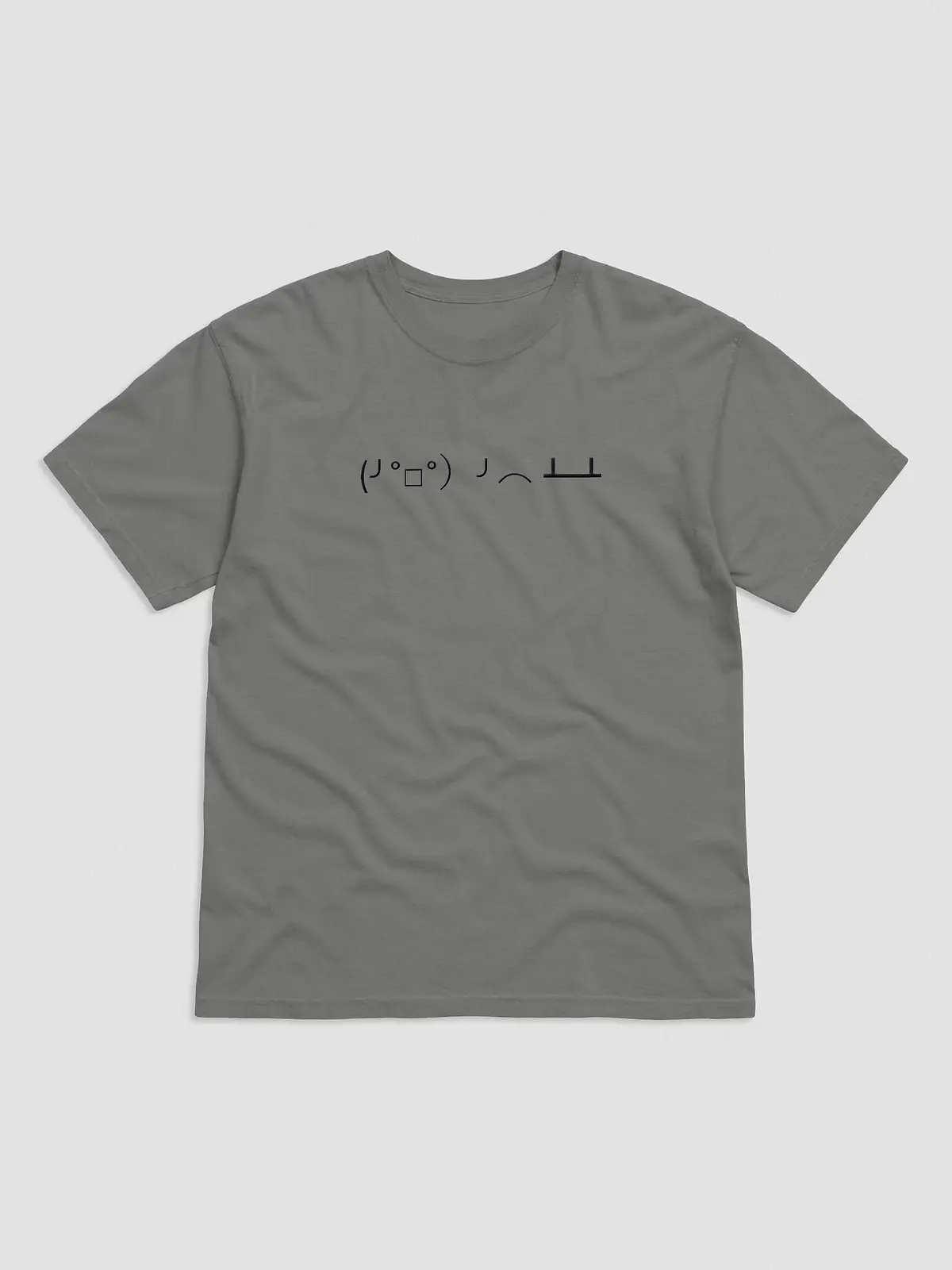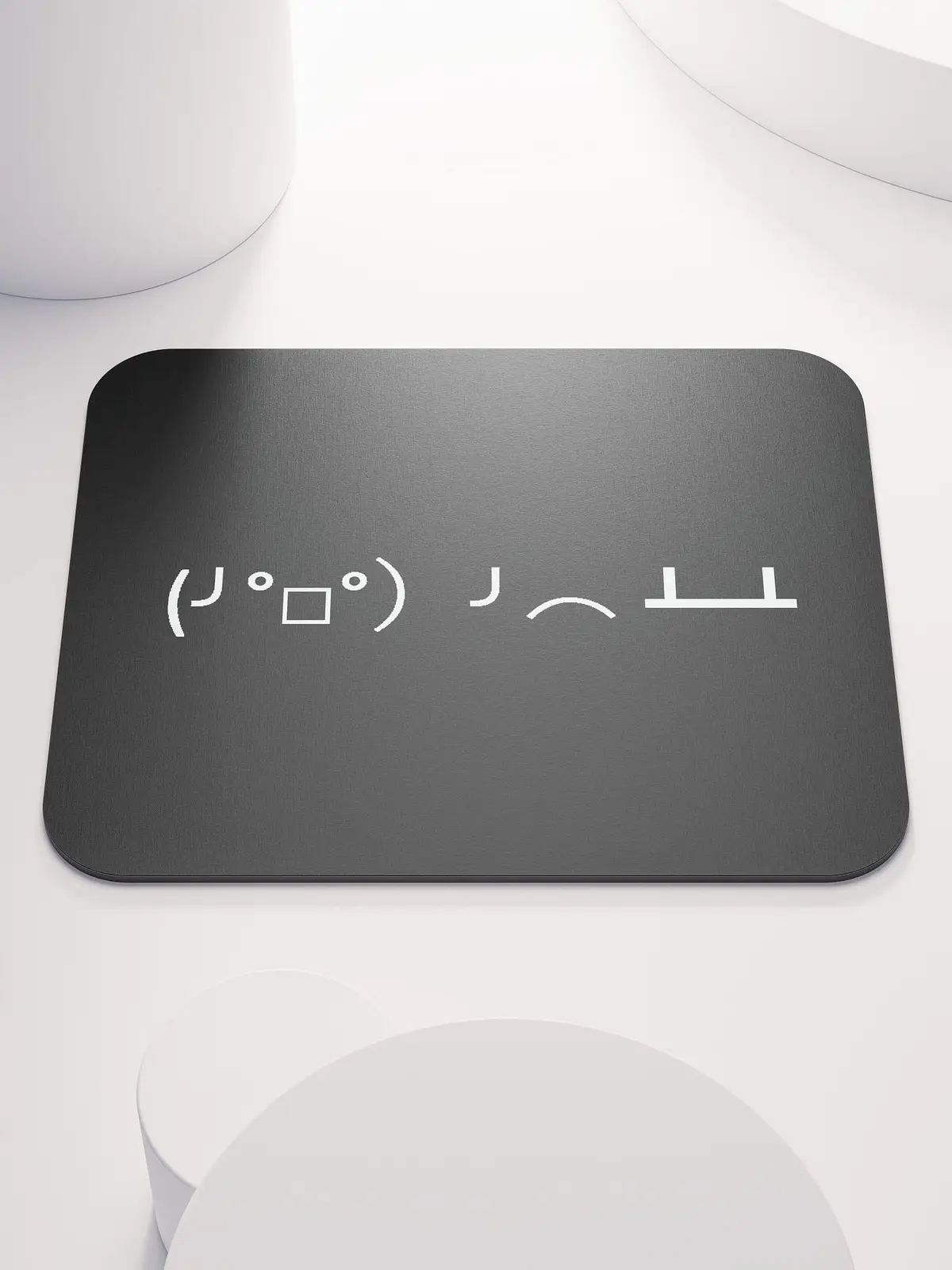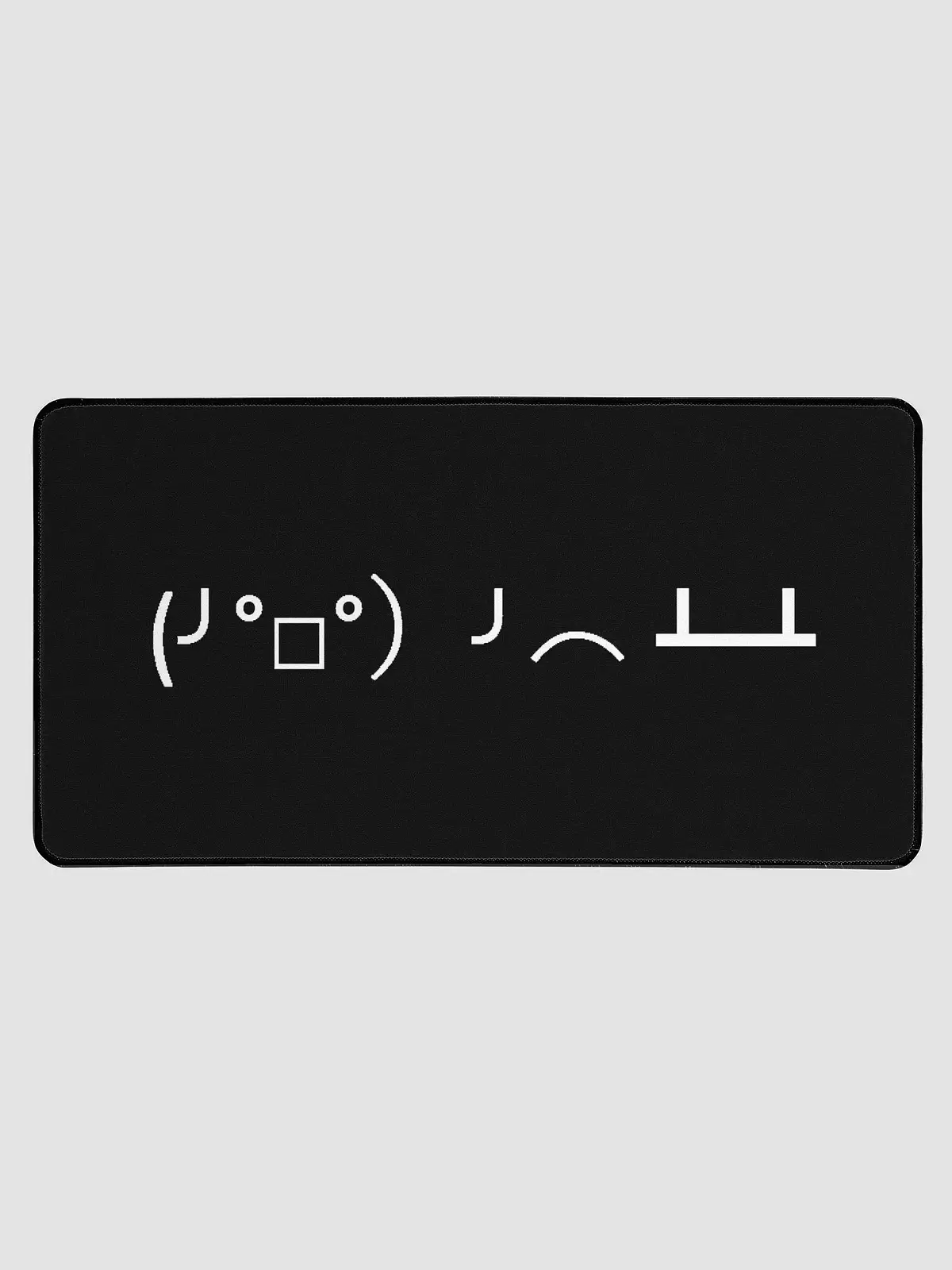The History of the ASCII Art Table Flip Emoticon

Ever been so frustrated you felt like flipping a table? Thankfully, the internet has provided a way to express that sentiment without the need for heavy lifting: the table flip emoticon, (╯°□°)╯︵ ┻━┻. Let's dive into the origins and evolution of this expressive piece of text art.
Origins: From Japanese Culture to Digital Expression
The act of flipping a table in frustration is deeply rooted in Japanese culture, known as "chabudai gaeshi" (ちゃぶ台返し). This term translates to "upending the tea table" and has been depicted in various media, including the 1968 manga and anime series Star of the Giants and the 1975 sitcom Terauchi Kantaro's Family. In these portrayals, patriarchal figures would overturn tables to express their anger, embedding the gesture into popular culture.

Digital Adoption: Emoticons and Online Communities
As digital communication evolved, so did the need for expressive text-based symbols. The table flip emoticon likely emerged in the early 1990s alongside other Japanese emoticons, known as kaomoji. These emoticons allowed users to convey complex emotions and actions using combinations of ASCII characters.
While the exact origin of the (╯°□°)╯︵ ┻━┻ emoticon is unclear, it gained significant traction in online communities, particularly among East Asian users. Its expressive nature made it a popular choice for conveying frustration or rage in a humorous way.
Western Popularity: Gaming and Meme Culture
The table flip emoticon made its way to Western audiences through the gaming community. With the release of StarCraft II in 2010, players began using the emoticon to express in-game frustration or signal an impending rage quit. This usage spread across forums and chat rooms, embedding the emoticon into gamer culture.
Reddit also played a pivotal role in popularizing the table flip. In July 2011, during a series of server downtimes affecting major video-streaming services, frustrated users posted the emoticon in comment threads. One notable instance involved a StarCraft player channeling his frustration by posting the emoticon, which received positive reactions and upvotes, leading to its widespread adoption on the platform.

Variations and Cultural Impact
The creativity of internet users led to numerous variations of the original table flip emoticon, such as:
- (ノಥ益ಥ)ノ ┻━┻
- ┬──┬ ¯\_(ツ)
- ┻━┻ ︵ヽ(`Д´)ノ︵ ┻━┻
- ┬─┬ノ( º _ ºノ)
These variations allowed users to express a range of emotions, from frustration to reconciliation, and became integral to online communication.
The cultural impact of the table flip extended beyond text. In November 2011, the Society of Software Engineers at the Rochester Institute of Technology organized a real-life table-flipping event to help students relieve stress during finals week. This event highlighted the emoticon's influence and the universal appeal of the table-flipping gesture.
Conclusion
From its roots in Japanese media to its status as a staple in online communication, the ASCII art table flip emoticon has provided a humorous and expressive outlet for frustration. Its journey reflects the internet's ability to adopt and adapt cultural symbols, turning a simple text arrangement into a globally recognized expression of digital exasperation.








